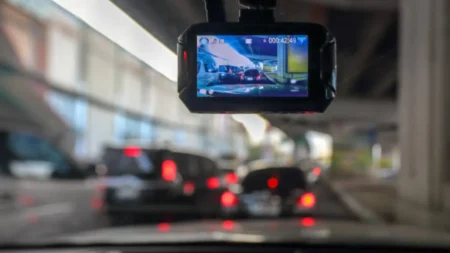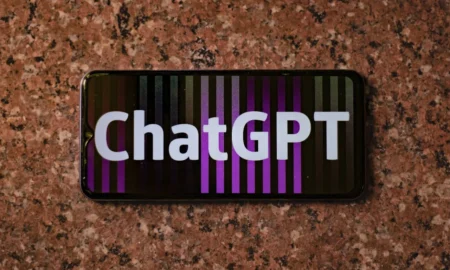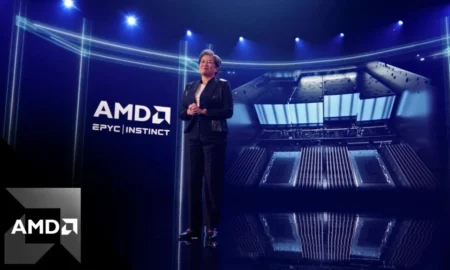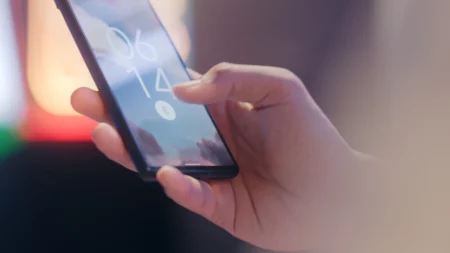Students are true digital locals because technology has been a constant in their lives since they were young. But using technology in the classroom goes beyond merely using electronic gadgets. It is anything that promotes teacher-student contact, improving the efficiency and, subsequently, the caliber of the educational process. The desire of the younger generation to learn and work is at an all-time low, and instructors face competition from a wide variety of entertainment options on phones, tablets, and laptops. Technology can be used to increase efficiency and interaction, or it can be blamed for many educational issues.
New learning opportunities are being created through digital education. The number of creative and exciting learning tactics for students is skyrocketing, and there are increasing opportunities for personalized learning and novel forms of cooperation. But in addition to the clear benefits of modern technology in education, there are drawbacks and implementation problems for educators. But is it right that technology can cause trouble for students using them?
Are Students Over-reliant on Technology?
Today, technology plays an integral part in the life of students all around the world. From online coursework to online communication, students are exposed to a wide variety of technology from a young age. Smartphones, laptops, tablets, and other gadgets are commonplace and allow us to access information and communicate with one another more efficiently than ever before. Access to resources and networks that would otherwise be unavailable is a great advantage, but does this mean that students are becoming too reliant on technology?
The answer is, unfortunately, yes. There is no denying that technology has made learning much easier, but we see a decline in traditional teaching methods. Students may ask an expert to write my PowerPoint presentation or complete the work independently. If they choose the latter, they rely not only on technology to complete their coursework but also on technology to communicate and socialize. It is concerning, as students need to learn how to interact with others face-to-face and online to develop critical social skills.
Technology can also be distracting and can lead to procrastination. With the growing popularity of social media, it is becoming increasingly more work for students to focus and stay on task. Too much reliance on technology can lead to students not taking responsibility for their learning.
Besides, relying too heavily on technology can lead to a decline in critical thinking skills. With so much information available online, it is easy for students to take the easy route and simply take what they read as the truth without engaging in critical thinking. It can be detrimental to the development of their analytical and problem-solving skills.
It is essential for students to make use of the advantages of technology but not rely on it too heavily. Technology should be used to supplement traditional teaching methods and not replace them. To ensure that students are equipped with the necessary skills to succeed in the digital age, it is essential to ensure that they use technology responsibly.
What are the Negative Physical and Mental Health Consequences of Technology Use by Students?
Technology students can lead various negative physical and mental health consequences.
Physically, the amount of time spent in front of a device can impair posture and lead to fatigue, headaches, and even vision problems. In addition, spending excessive amounts of time on social media can lead to increased anxiety and depression, and a lack of face-to-face social interaction, which can be detrimental to overall social development.
Additionally, using technology can lead to feelings of isolation from classmates and peers, as well as anxiety and depression. Therefore, students need to balance their use of technology and the time they spend studying and engaging in other activities.
Technology can also lead to a decrease in concentration and focus. For example, constant interruptions from notifications can lead to difficulties completing tasks in and outside of school. Technology can also be a source of distraction, leading to lower grades due to a lack of focus.
Overall, technology has the potential to cause physical and mental health issues, including the following:
- poor posture;
- fatigue;
- headaches;
- vision problems;
- depression;
- anxiety;
- lower grades.
Therefore, students need to moderate their use of technology to avoid these health risks.
Are there Some Advantages of Using Technology by Students?
However, there is nothing wrong with using gadgets and innovations! Technology has become increasingly popular in educational settings as it offers vast amounts of advantages to students.
First and foremost, using technology in the classroom helps to improve student engagement and motivation. Students are more likely to be engaged and motivated when interacting with technology and accessing digital resources and tools. In addition, by providing students with technology, such as laptops, tablets, and interactive whiteboards, teachers can engage and motivate students by encouraging them to work with the technology and explore different types of learning materials.
Technology also helps to improve student collaboration. For example, students can use video conferencing tools like Skype and Zoom to collaborate and share ideas. It helps to build strong relationships among students and encourages them to work together to solve problems.
Moreover, technology helps to enhance students’ digital literacy skills, which are essential for success in today’s increasingly digital world. By providing students with access to digital resources, such as web-based educational materials, students can explore different types of content and learn new skills.
Finally, technology can help to make learning more efficient and effective. For example, using technology can reduce the time spent searching through textbooks, as students can access digital content more quickly and easily. Technology also enables teachers to quickly assess student performance and provide feedback, thus enabling students to learn more rapidly.
Conclusion
It is evident that the benefits exceed the drawbacks. However, the key to integrating technology into education will always depend on the interaction between the instructor and students. The reason is simple: this is the case where learning takes place. Technology is a powerful tool, but it is still merely a tool. Instead of replacing the teacher, technology is intended to create a learning environment that will transform the learning process from a “one-actor theater” to a collaborative and prolific learning activity.
Today we are in the first phase of introducing technology into education. It may be frustrating, irritating, and time-consuming, but in the end, technology can “open the door” to new experiences, discoveries, ways of learning, and collaboration between students and teachers.








